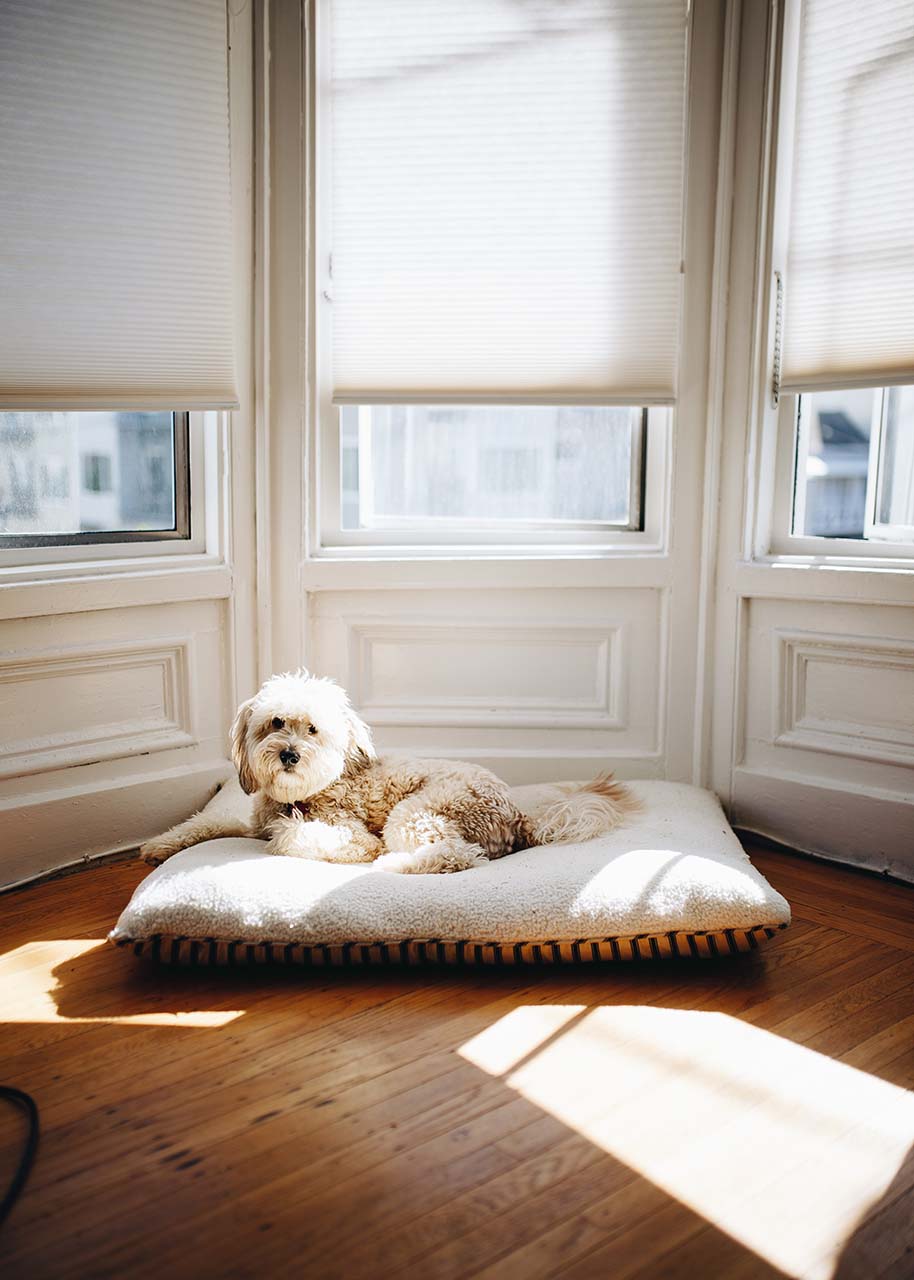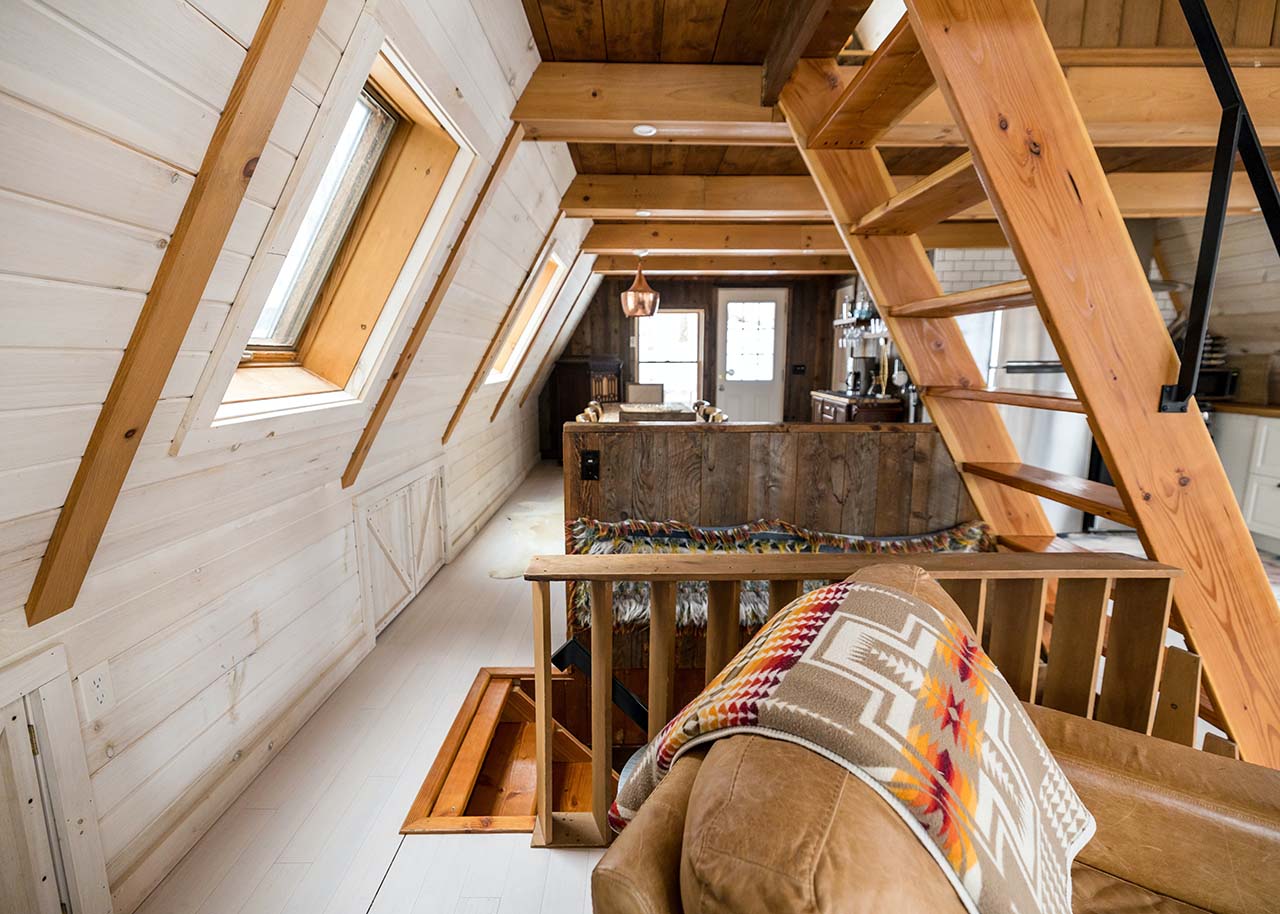(collaborative post)
Transforming your living space into a warm and cosy haven doesn’t have to come with a hefty price tag. In this guide, we explore practical and cost-effective measures to make your home snug without breaking the bank.
For those keeping a close eye on their budget, maybe because they are awaiting a full renovation of their home, there are a wide range quick and affordable insulation solutions available.
Rearrange your furniture
Strategic furniture placement helps heat spread easily through your home and prevents it from being trapped behind large objects. Placing furniture away from radiators allows warm air to circulate freely, maximising the effectiveness of your heating system. This simple, free adjustment ensures that you get more warmth for your money.
Draught-proofing
Creating a cosy home starts with minimising heat loss, and draught-proofing is one of the most cost-effective strategies out there. Identify and seal gaps around pipes, electrical fittings, the loft hatch, and ceiling-to-wall joins. You can choose to purchase draught excluders, such as keyhole covers, letterbox covers, and door brushes or flaps.
Alternatively, you can choose to make your own from repurposed clothes or fabric filled with sand or dried goods. Either way, draught excluders act as effective barriers against the cold when placed strategically at doors or window sills.
Insulating pipework
Combatting heat loss through pipes is crucial for a warm home. Insulating pipes with inexpensive materials like pipe lagging makes a substantial difference. Moreover, extending efficiency to all heating elements, even in typically hard-to-reach areas like bathrooms, can be achieved by selecting thoughtful solutions – for instance, opting for designer electric towel rails, which not only provide targeted warmth but also do so independently of your central heating system. Additionally, covering your warm water tank with a heatproof jacket and installing reflectors behind radiators are simple steps to further enhance the overall efficiency of your heating system.

Curtains and blinds
Updating curtains or blinds is a simple yet effective way to retain warmth. A thermal curtain panel involves stitching together several layers of fabric, incorporating dense insulating materials. The thick layers traps air leaks from your windows behind the curtain, establishing a thermal barrier that separates the outside air from your indoor living space.
With various options available to fit any budget, this straightforward upgrade could be an easy, more cost-effective solution to draughty windows.
Plugging the chimney
A commonly overlooked source of heat loss is the chimney. Plugging the chimney with a cost-effective ‘chimney balloon’ when not in use prevents heat escaping from your home, and cold outside air from entering. Whether purchased or made from household items, these balloons provide an effective seal, contributing to a warmer and more energy-efficient home. If you have log burners in your home, ensure that the chimney flue is tightly sealed when not in use, as this can prevent heat from escaping and keep the warmth locked inside.
Secondary glazing
While not a one-size-fits-all solution, secondary glazing presents a budget-friendly opportunity to enhance insulation. You can use thin, heat-responsive plastic film and double-sided sticky tape to form a secondary film over the window, creating a kind of temporary DIY double glazing.
Even bubble wrap, a low-cost and readily available material, can provide some insulation when applied to windows. Though not a permanent solution, these approaches offer a cost-effective experiment in improving your home’s warmth.
For a more long lasting, albeit expensive solution, you can also opt for a secondary glazing panel that acts as a second window unit and attached to the inside of the window. These panels can be customised to match your existing windows and they are a more cost effective solution to upgrading your window entirely.

Loft insulation
Loft insulation is a cost-effective solution that prevents all that heat from escaping through your roof. This is certainly one of the more expensive solutions on the list. However, once it’s in place, you can make significant savings in your energy bills.
To make the most of your loft insulation, you can also invest in a loft boarding kit to create a raised platform above the insulation. This solves the issue of reduced thermal efficiency due to storage items compressing the insulation.
Floor insulation
Improving floor insulation doesn’t have to be a overly costly endeavour. Plugging draughty floor holes and investing in rugs offer a relatively low-cost solution.
Floor insulation can be very expensive compared to these smaller-scale solutions. Therefore, it is only recommended in homes that really need it, such as older homes with suspended flooring. Insulating floors is less necessary in new builds which usually come pre-insulated.
Smart thermostats
Investing in a smart thermostat gives you control over your comfort and monthly spending, all from one neat device. Smart thermostats offer precise control over room temperatures and can be connected to electronic devices through apps, allowing for remote management.
With efficient scheduling, smart thermostats prevent unnecessary heating expenses, ensuring your home is warm when needed without wasteful energy consumption. What’s more, some smart thermostats can learn your behaviour, turning off the heating when not needed, leading to both energy and cost savings.
Conclusion
As you can tell, there are many options for creating a cosy home on a budget. Incorporate these practical tips for warmth and insights on budget-friendly insulation to convert your living space into a welcoming retreat.
From addressing draughts to considering secondary glazing, these cost-effective measures guarantee that each small endeavour contributes to a snug and inviting home, all without exceeding your budget constraints.
Explore these solutions to relish the warmth and comfort of your cosy haven throughout the year. When considering larger scale investments such as new boiler costs in the UK, take the time to compare boiler quotes to ensure an efficient and economical choice for your home’s heating needs.
This post was published in collaboration with a content partner. The article is meant to inspire you how to live a slow, simple, soulful and sustainable lifestyle and may contain (affiliate) links to articles, websites or products/services that may be of interest to you.
Would you like to receive inspiration from The Slow Living Guide regularly?
Sign up for the newsletter here.



